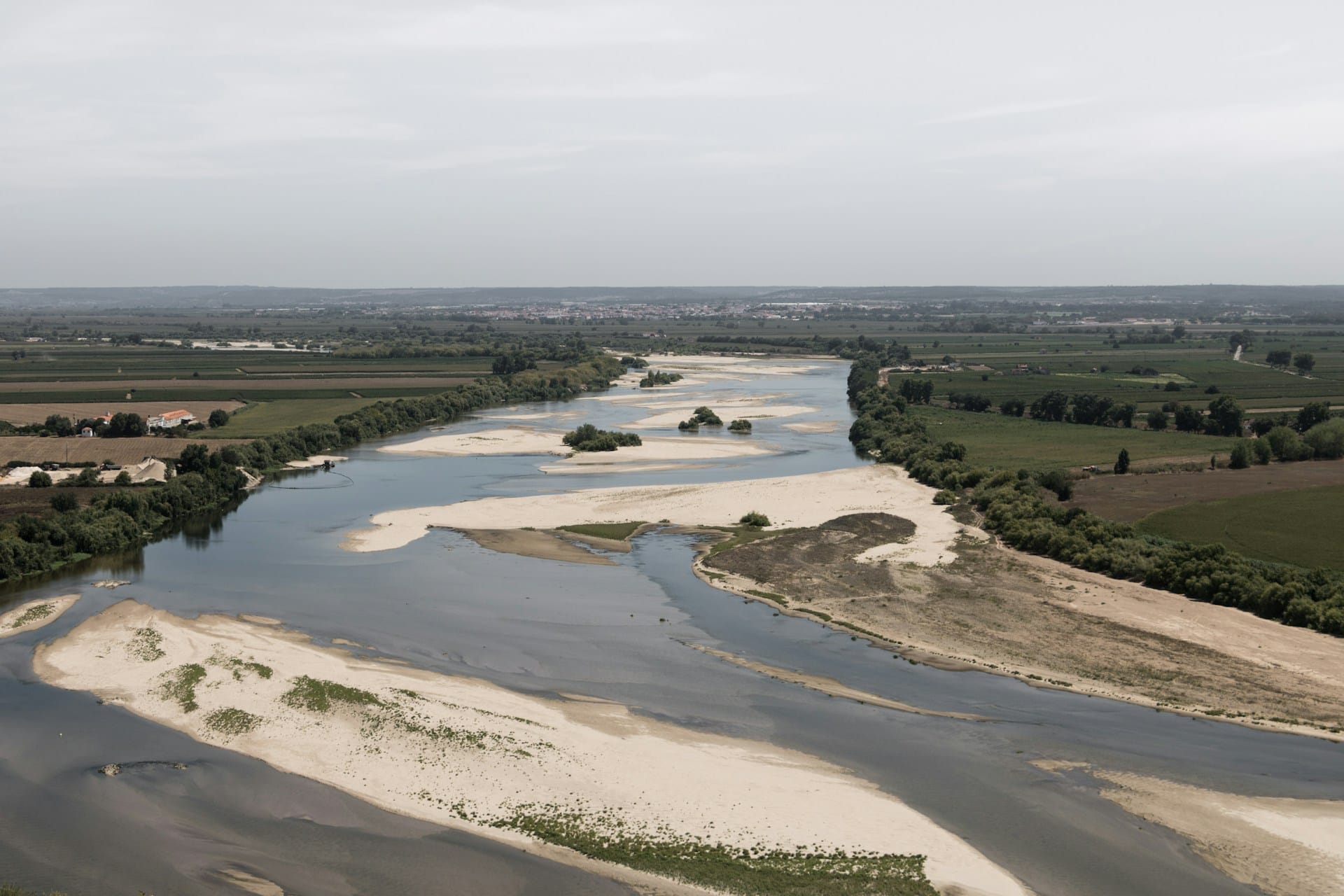From historic droughts in Mediterranean countries to devastating floods in Central Europe, the continent is already feeling the impact of climate change on its water systems. And in June 2025, the European Commission unveiled its long-awaited Water Resilience Strategy, aiming to address Europe’s growing water-related challenges.
Expected at the end of the previous legislative mandate, and although not binding, the Strategy sets out the Commission’s vision for restoring Europe’s water cycle, boosting water efficiency, and ensuring sustainable access to clean water.
Given the scale of the water crisis and the cross-cutting implications for climate, food security, and public health, understanding what the Strategy proposes and what it leaves out is more important than ever. This article explores the ambitions behind the Water Resilience Strategy, the key actions it sets out, and where it may fall short.
Want someone with deep experience and connections in the EU to help guide your sustainability strategy? Get in touch!
Three Core Objectives
The Strategy outlines a framework based on three main goals:
- Restoring and protecting the water cycle, through pollution reduction, water quality improvements, and land restoration.
- Building a water-smart economy, with at least a 10% boost in water-use efficiency by 2030, leak reduction, and innovation.
- Securing clean and affordable water for all, empowering consumers and promoting fair access.
Five Pillars of Action
Under the “Water Efficiency First” principle, the Commission proposes flagship actions across five key areas, with the aim of building a water-resilient Europe:
- Governance and implementation: New structured dialogues with Member States, regional authorities, and water actors to improve coordination and share best practices.
- Investment: Over €15 billion in mobilised funds between 2025 and 2027 via a new Water Programme and Sustainable Water Advisory Facility, backed by the European Investment Bank. A Green and Blue Corridors initiative will launch in 2027 to support the restoration of rivers, wetlands, and coastal areas.
- Digitalisation and AI: In 2026, an EU-wide Action Plan on digitalisation in the water sector will accelerate the uptake of smart technologies for leak detection, early warning, and water system optimisation.
- Research and innovation: Through initiatives like the Water Resilience R&I Strategy and a new European Water Academy.
- Security and preparedness: Reinforced monitoring and early warning systems to help Member States respond more effectively to floods and droughts.
What’s Promising
First, let’s focus on the positive elements of the Strategy and what’s really promising.
- Nature-based solutions (NbS), such as wetland restoration, peatland rewetting, and buffer zones will enhance climate resilience and restore biodiversity. In synergy with the Vision for Agriculture and Food, a new Sponge Facility will provide targeted funding for natural water retention, while additional support will promote soil-friendly farming practices, such as organic and agroecological methods, that help retain water and improve soil health.
- The Water Resilience Forum: A standing multi-stakeholder platform, starting in December 2025, every two years, will help sustain political momentum, encourage collaboration, and track progress.
- Commitment to enforcing existing laws: The Strategy rightly highlights the need to fully implement the Water Framework Directive, Urban Waste Water Treatment Directive, and Nitrates Directive – often overlooked or delayed at national level.
Major Gaps in the Water Resilience Strategy
Despite these strengths, the Strategy misses the mark in the following important areas:
- Weak targets without a roadmap: The voluntary 10% water efficiency improvement by 2030 lacks a clear baseline, sector-specific targets, or enforcement mechanisms, risking inaction.
- Absence of binding measures and funding guarantees: While recommendations and incentives are included, the Strategy avoids concrete legal obligations or dedicated budgets, limiting its potential impact.
- Limited accountability for polluters: Without stronger “polluter pays” provisions, industries contributing to water pollution may not feel sufficient pressure to change harmful practices.
Opportunities for Business Actors
The Strategy, despite its non-binding nature, signals a clear shift in the EU’s approach to water policy and opens clear opportunities for companies, investors, and stakeholders across sectors like agriculture, manufacturing and finance.
Water Intensive Industries
Water-intensive industries, such as agriculture, food and beverage, and textiles, are among the most directly exposed to water scarcity, regulatory pressures, and shifting consumer expectations around sustainability. These industries will need to engage proactively to shape implementation dialogues, avoid reputational risks, and demonstrate leadership in water efficiency.
Technology Providers and Innovators
The Strategy places strong emphasis on innovation, data, and digitalisation, offering a clear opening for companies providing smart water management solutions, nature-based systems, wastewater reuse technologies. Technology providers and innovators are well-placed to benefit from new EU funding streams and the upcoming Digital Water Action Plan.
Investors
Investors are increasingly recognising water as a material financial risk and opportunity. However, unlocking private capital remains challenging due to fragmented markets, limited data, and unclear return profiles. To address this, the Commission will launch a Water Resilience Investment Accelerator, to implement pilot innovative cases for natural water retention and water efficiency.
Our final thoughts on the Water Resilience Strategy
The Water Resilience Strategy is a much-needed recognition of Europe’s growing water crisis. But without binding commitments and stronger accountability, there’s a real risk it won’t live up to its promise. If we want to see real change, Member States and water stakeholders will need to move beyond words, backing ambition with funding and action on the ground.
It’s encouraging to see recognition of private capital and tools like ecosystem services and nature credit markets, but these will only work with clear and trusted frameworks
The test will be whether the Water Resilience Strategy, and the frameworks that follow, can truly change the way Europe values, uses, and protects water – or whether we’ll be left high and dry.


